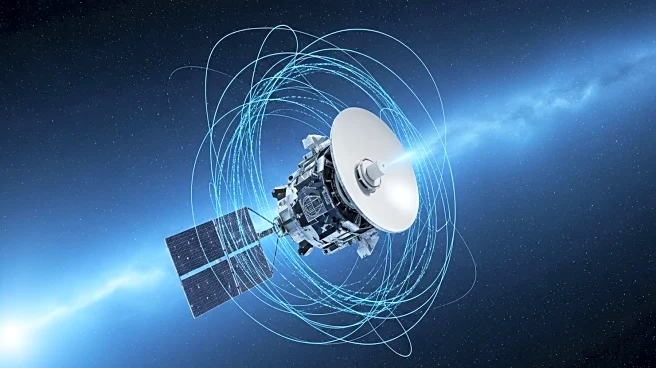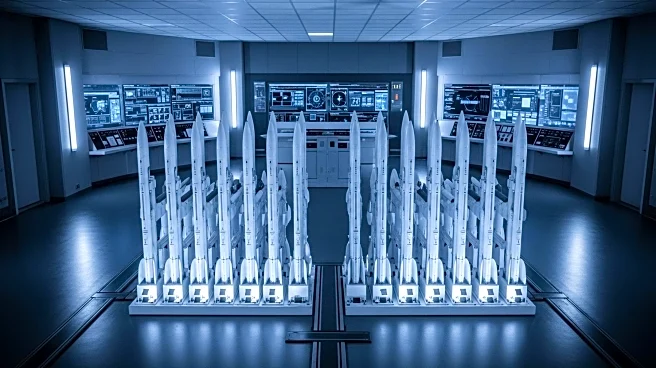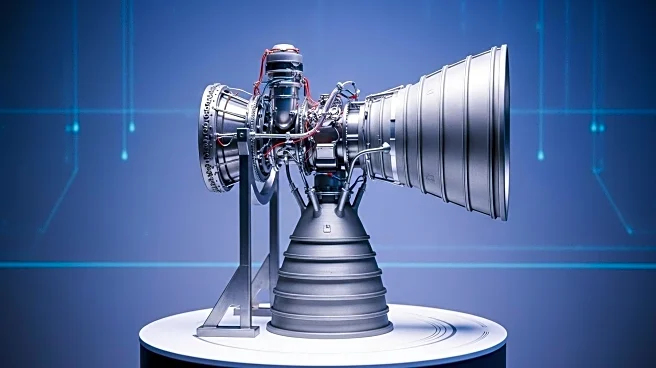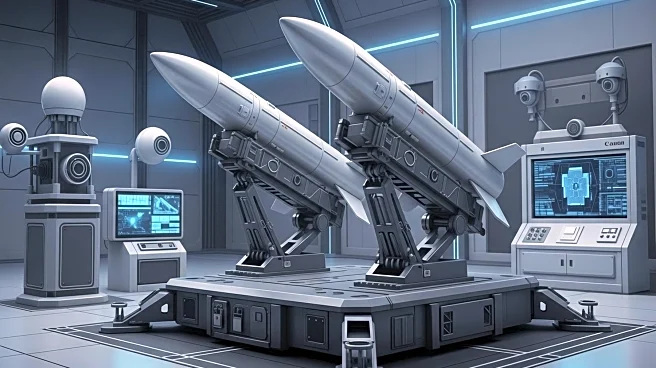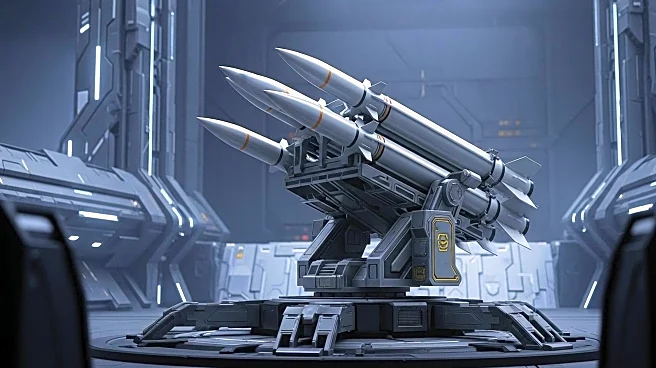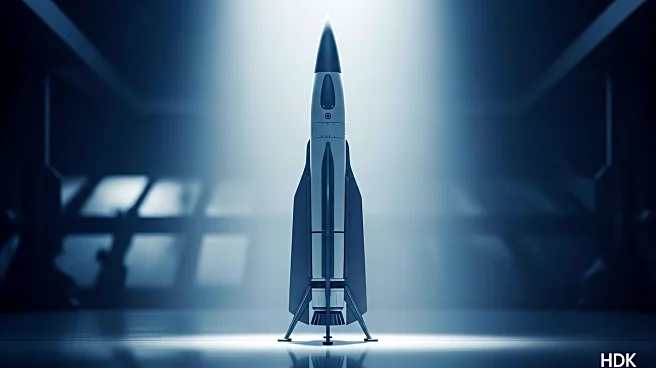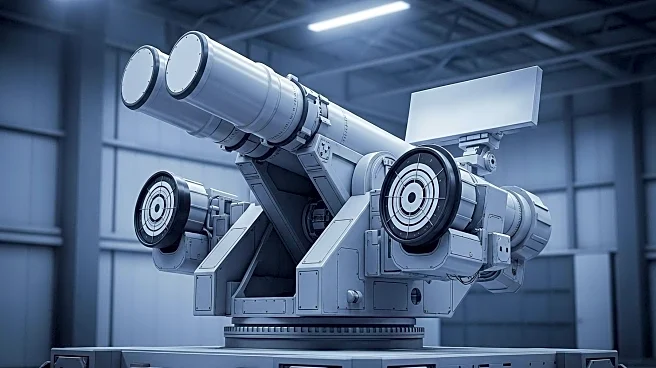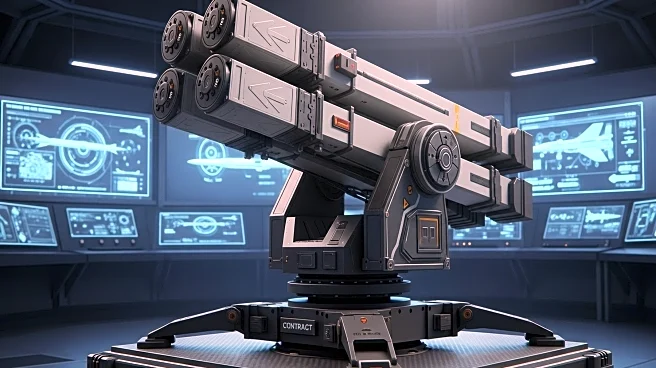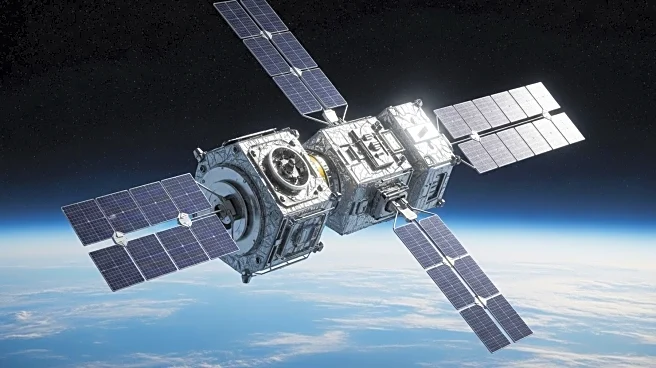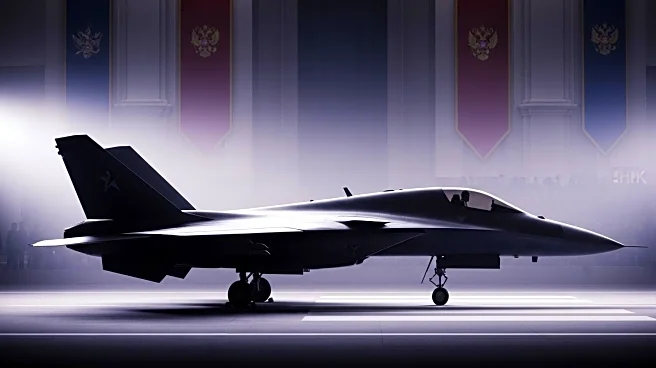What's Happening?
L3Harris is advancing a software-centric strategy to upgrade its tactical radios in alignment with the US Army's Next Generation Command and Control (NGC2) program. The initiative aims to modernize the army's network by enabling disparate networks to communicate effectively. The NGC2 strategy focuses on creating a common data layer accessible across various echelons, breaking down traditional data access barriers based on mission types such as command-and-control, intelligence, and fires. This approach is designed to streamline battlefield information flow through a series of applications developed via an applications layer. The Program Executive Office for Command, Control, Communications, and Network (PEO C3N) initiated the request for information for technologies supporting the NGC2 concept in January 2025.
Why It's Important?
The development of the NGC2 program is crucial for enhancing the US Army's operational capabilities by improving communication and data sharing across different networks. This modernization effort is expected to lead to more efficient and effective military operations, potentially reducing response times and increasing the accuracy of mission-critical decisions. By leveraging existing software-defined radio platforms, the initiative could also result in cost savings and improved resource allocation within the defense sector. The program's success may set a precedent for future military communication strategies, influencing defense policies and technological advancements.
What's Next?
The NGC2 program is likely to continue its focus on developing a secure digital environment for testing and deploying command-and-control capabilities. As the program progresses, stakeholders including military leaders and defense contractors may engage in further collaboration to refine the technology and address any emerging challenges. The initiative's outcomes could influence future procurement decisions and strategic planning within the US Army, potentially leading to broader adoption of similar technologies across other branches of the military.
